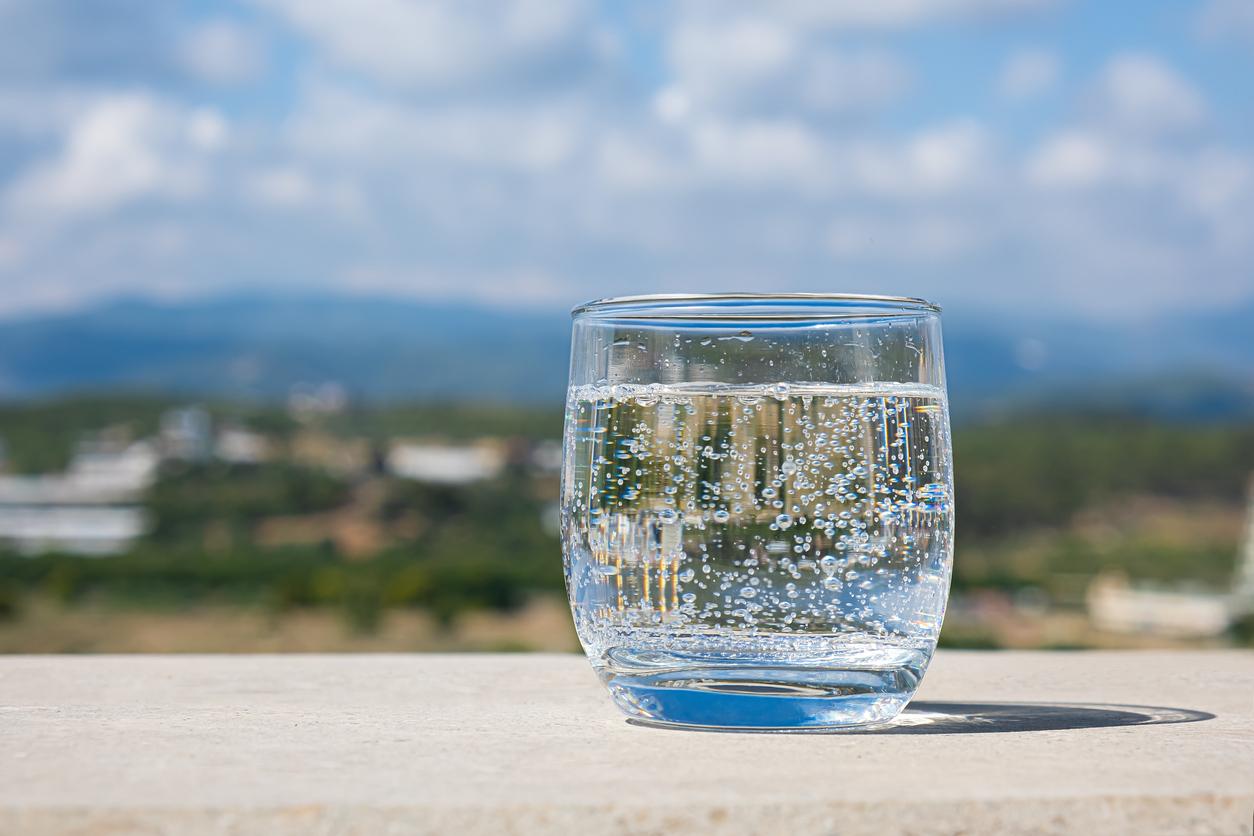January 17, 2001 – The United States Academy of Sciences Institute of Medicine introduced the notion of recommended dietary intake (recommended dietary allowance, or RDA) for the vitamins and minerals necessary to maintain an optimal state of health in 1943. Since then, this concept has been around the world and is now used almost everywhere on the planet, although the recommendations vary a little from one country to another, depending on the specific characteristics of each country.
Here are the most recent recommendations for a number of vitamins and minerals, as well as the upper limits considered safe.
mcg: microgram (millionth of a gram); mg: milligram.
Vitamin A: 900 mcg for men, 700 mcg for women. Upper limit, 3000 mcg. Food sources: tomatoes, carrots, green leafy vegetables; fish liver oil, eggs and dairy products.
Vitamin B9 (folic acid): 400 mcg. Upper limit: 1 mg. Essential in the first days of pregnancy to prevent spinal cord malformations. Food sources: green leafy vegetables, carrots, avocados, eggs.
Vitamin B12: 2.4 mcg. Food sources: eggs, dairy products, meat (the necessary amount of B12 is provided by 80 g or 3 ounces of beef).
Vitamin C : 75 mg for women, 90 mg for men. Upper limit: 2000 mg. Food source: citrus fruits, red fruits (strawberries, raspberries, etc.), green leafy vegetables, tomatoes, peppers; equivalent of a glass (250 ml) of orange juice.
Vitamin D : 200 IU for most people, 400 IU for people aged 51-70. Food source: fish and fish liver oil, dairy products.
Vitamin E : 15 mg. Upper limit: 1000 mg. Food sources: soy, whole grains, green leafy vegetables, vegetable oils.
Vitamin K: 120 mcg for men, 90 mcg for women. Food sources: dark green leafy vegetables, vegetable oils.
Calcium: 1000 mg for adults; 1300 mg for adolescents; 1200 mg for people over 50 years old. Best food sources: dairy products, spinach, Brussels sprouts, broccoli, green vegetables, soy, salmon.
Iron : 8 mg for men and postmenopausal women; 18 mg for premenopausal women; 27 mg for pregnant women. Upper limit: 45 mg. Food sources: whole grains, oysters, asparagus, leeks, parsley, potatoes, red meat.
Zinc: 11 mg for men, 8 for women. Upper limit: 40 mg. Food sources: oysters, meat, egg yolk, brewer’s yeast, beans.
HealthPassport.net
Reference: http://www.nas.edu















